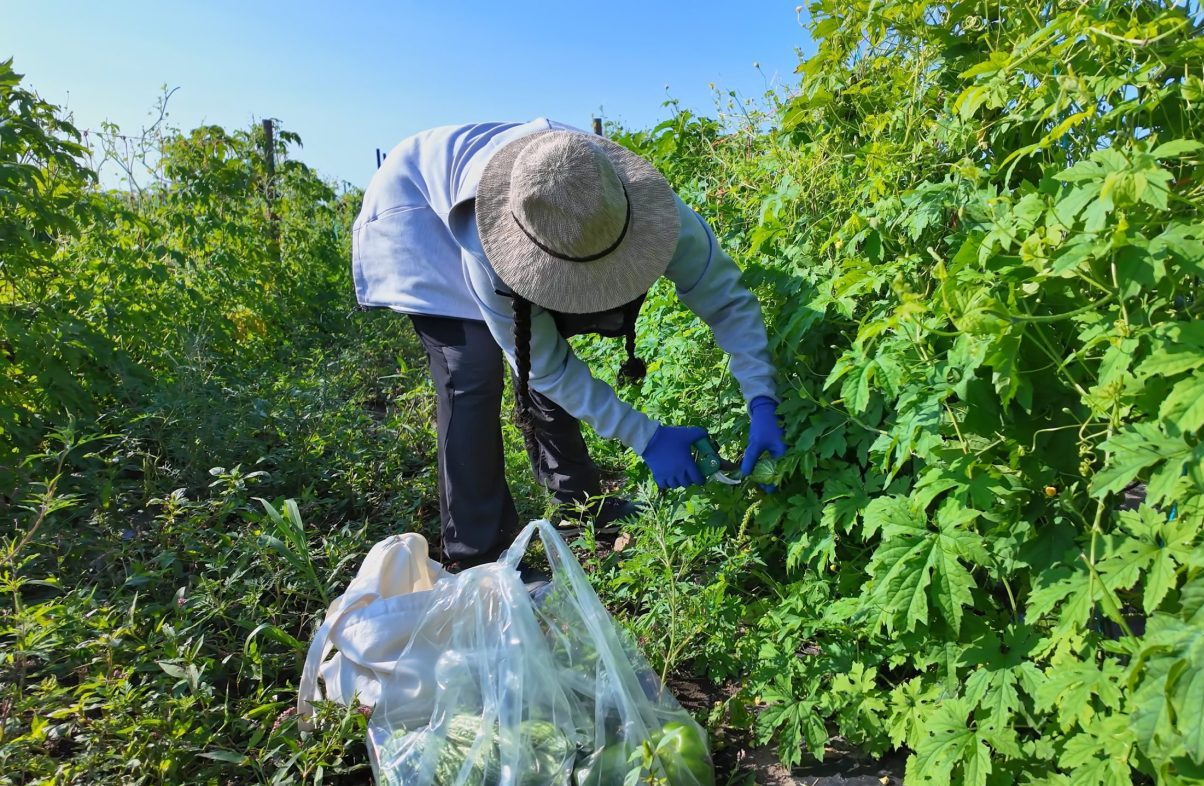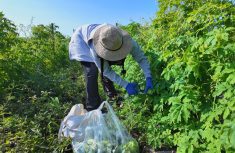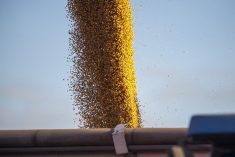Although environmental groups, the Ontario premier and the Ontario bee industry want a quick decision on causes for bee colony collapse, the federal analysis could take years.
Environmental and bee industry activists say they understand Health Canada’s response could be delayed for several years while more testing is done by the Pest Management Regulatory Agency.
“Health Canada’s plan to wait until 2018 before taking action to protect declining honey bee populations is an unacceptable response to a crisis,” Sierra Club Canada said in late July.
Read Also

Thirty-six employers banned from Temporary Foreign Worker program, federal agency says
In the last fiscal year, 36 employers were banned from the Temporary Foreign Worker program — a threefold increase from the previous year — the federal government said this week.
Critics blame the use of the pesticide neonicotinoid on corn as the culprit, and the European Union has announced a two-year moratorium on its use.
“There are studies and evidence that this is a problem,” Sierra Club executive director John Bennett said in an interview. “We believe the government should follow the precautionary principle and if there is a problem, which there is, take the product off the market until it is proven safe.”
Both the Ontario and Quebec beekeeper associations have called for a ban on use of neonicotinoid pesticides despite opposition from Ontario grain growers and little evidence that the pesticide used widely on the Prairies has had an effect on bee health.
Three-quarters of Canada’s bee colonies are west of Ontario, where colony collapse has not been as large an issue.
The Canadian Honey Council has not yet endorsed the idea of a ban, noting that bee colony collapse could be the result of many factors.
During testimony at the House of Commons agriculture committee in May, Alberta based Canadian Honey Council executive director Rod Scarlett said the CHC supports more research before decisions are made.
“To date, the CHC has been supportive of the joint efforts of the PMRA and EPA (Environmental Protection Agency in the United States) in the re-evaluation of the neonics and strongly believes that the decisions need to be based on science, not on public opinion or perception,” he told MPs. “Of course, one of the difficulties we’re experiencing is that there are different interpretations of science and that certainly muddies the waters for the Canadian Honey Council.”
During the recent federal-provincial agriculture ministers’ meeting in Halifax, Ontario premier and agriculture minister Kathleen Wynne said she is under environmental and industry pressure to restrict use of the pesticide but wants to wait for the evidence.
However, she said she wanted a quick conclusion to the study.
“I hope the PMRA moves quickly on this,” she said.
It apparently is not going to, and new health minister Rona Ambrose from Edmonton inherits the file.
“I just think they should be safe and take the product off the market until we have evidence it shouldn’t be,” said Bennett. “There are lots of studies available that make the link.”














